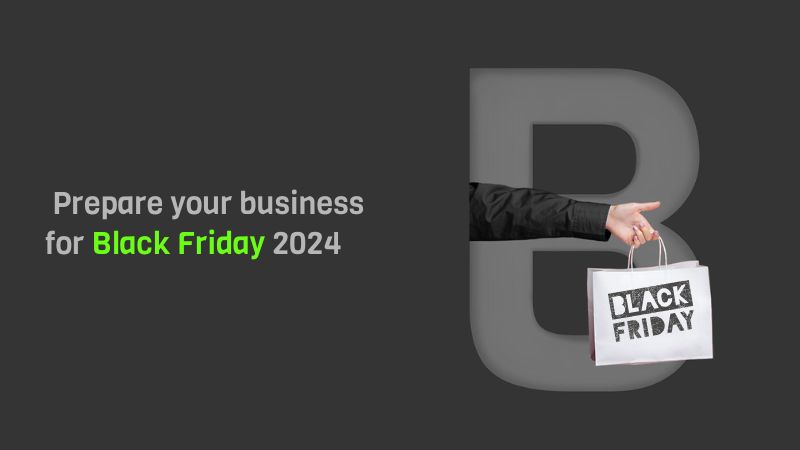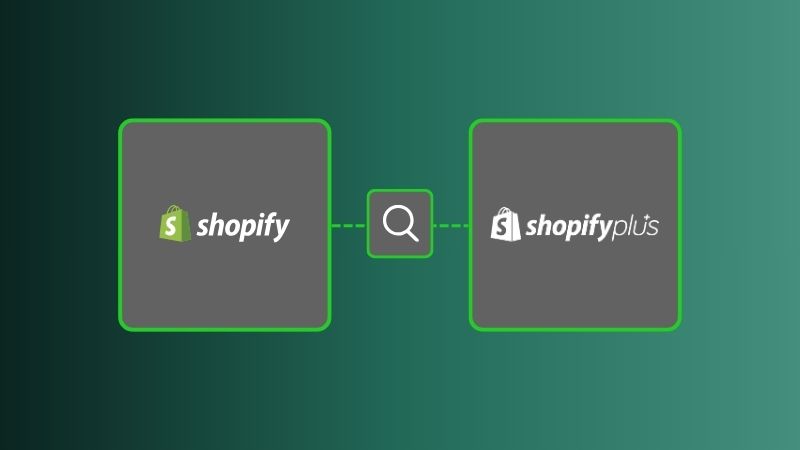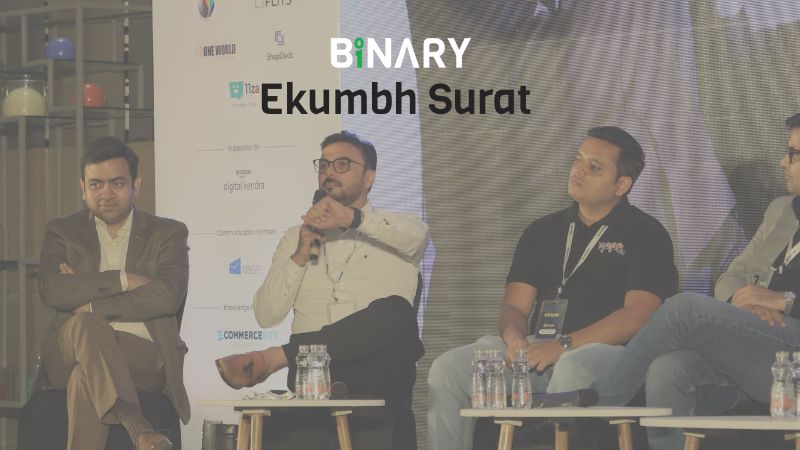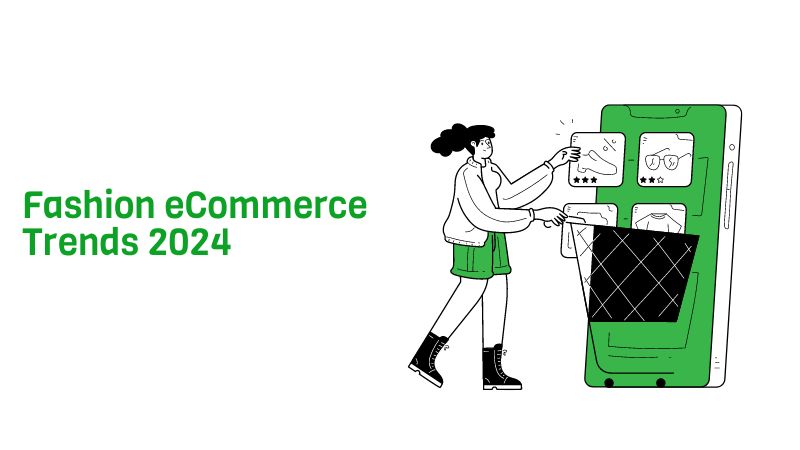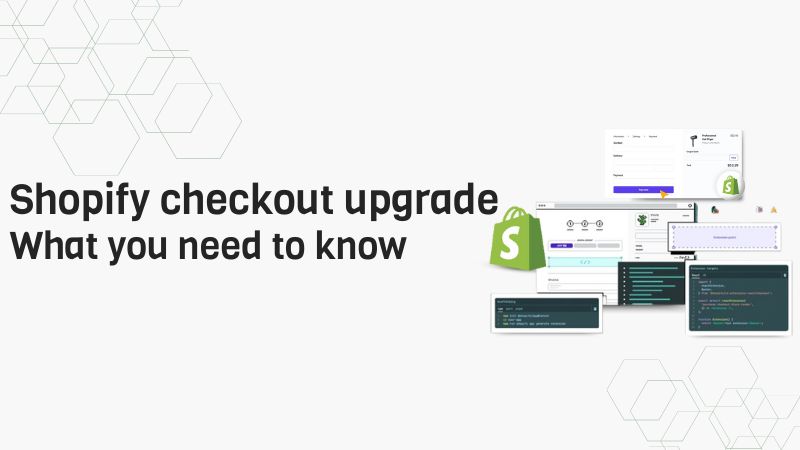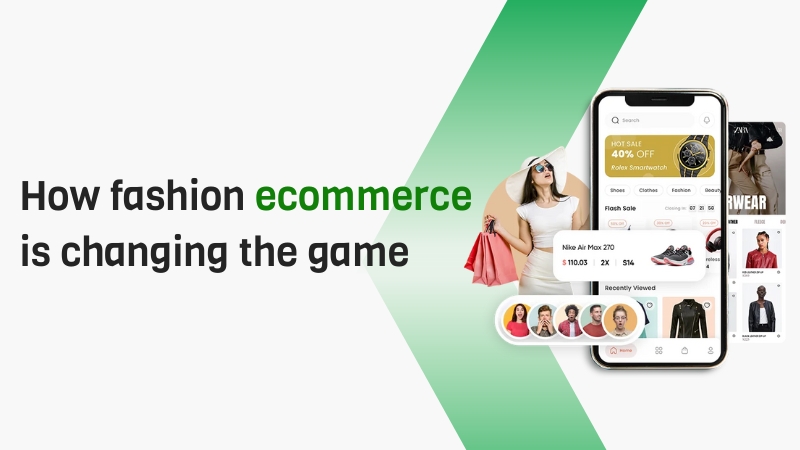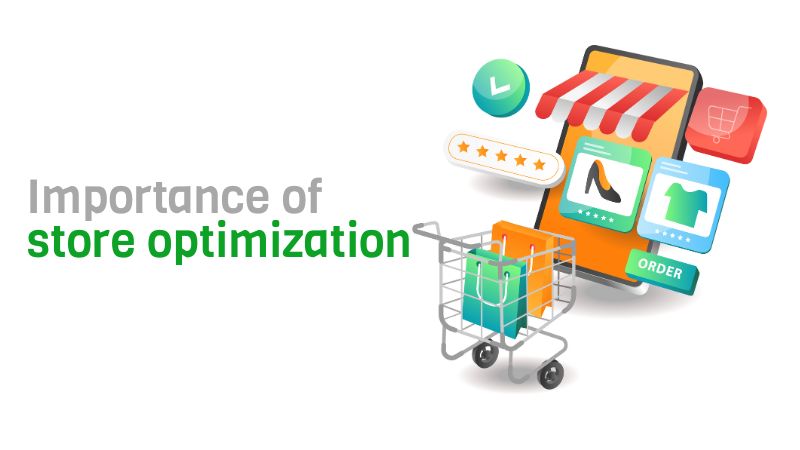Did you know? In 2023, U.S. shoppers spent a record-breaking $9.8 billion on Black Friday alone, highlighting just how significant this annual shopping event has become. With Black Friday 2024 fast approaching, now is the time for businesses, especially in e-commerce, to prepare their websites and strategies to capitalize on the surge in online traffic and sales.
This guide will walk you through the essential steps to get your business ready for Black Friday 2024, with a special focus on website development and optimizing your e-commerce platform for the best shopping experience.
1. Start Planning Early
Black Friday is no longer just a one-day event. Many businesses start promotions as early as mid-November, or even earlier, with some running deals through Cyber Monday and beyond. Start planning your sales strategy well in advance. Identify the products you want to feature, and consider creating limited-time offers or bundles that will entice customers to buy.
2. Optimize Your E-commerce Website
Your e-commerce website is the backbone of your Black Friday campaign, so it’s essential to ensure it’s optimized for traffic spikes and seamless user experience. A poorly performing website can lead to abandoned carts and lost sales. Here’s how you can prepare:
- Increase Page Load Speed: Customers will leave if your pages take too long to load. Use tools like Google PageSpeed Insights to measure and improve your website’s speed.
- Mobile Optimization: Mobile shopping continues to rise, and a mobile-friendly site is non-negotiable. Ensure your website design is responsive across all devices.
- Test Your Checkout Process: Ensure the checkout process is simple and quick. Fewer clicks lead to higher conversion rates.
Connect with Binar E-commerce experts today to optimize your online store for a better shopping experience this Black Friday.
3. Strengthen Website Security
As your e-commerce website traffic surges, so does the risk of cyber-attacks. Customers need to feel safe entering their payment details on your site. Make sure you have the following security measures in place:
- SSL Certificates: Encrypt sensitive information to protect customer data.
- Updated Software: Regularly update your website’s software and plugins to prevent vulnerabilities.
- Backup Plan: Always have a backup of your website ready, in case something goes wrong during high-traffic periods.
4. Stock Up on Inventory
Running out of stock during Black Friday is a missed opportunity. Use historical data and trends to forecast demand, and make sure you have enough inventory on hand. If possible, negotiate better terms with suppliers ahead of time to ensure timely delivery.
5. Prepare Your Customer Support Team
During the Black Friday rush, customer queries and concerns will skyrocket. Equip your support team to handle increased volumes through various channels like live chat, email, and social media. Implement a FAQ section on your e-commerce website to address common questions, helping ease the load on your support team.
6. Enhance User Experience
A smooth and enjoyable user experience is key to converting visitors into paying customers. Improve your site navigation and ensure that your products are easy to find with an optimized search function. Highlight your Black Friday deals prominently on your homepage, and create a sense of urgency with countdown timers for time-limited offers.
7. Optimize for SEO
Ensure your Black Friday landing pages and product descriptions are optimized for search engines. Use targeted keywords like “Black Friday deals” and “holiday discounts” in your meta descriptions and product titles to drive more organic traffic to your site.
8. Promote Your Sales Early
Don’t wait until the day of Black Friday to promote your deals. Start building excitement early through email marketing, social media campaigns, and paid ads. Create targeted campaigns that reach your existing customers and attract new ones. Offering exclusive early-bird deals can also help build momentum.
9. Improve Website Development for Scalability
Your website needs to handle a spike in traffic without crashing. Work with website development professionals to ensure your hosting plan can manage the surge in visitors. It’s also essential to test your website’s performance under heavy load conditions to identify potential issues before Black Friday hits.
10. Offer Multiple Payment Options
To cater to a broad audience, provide multiple payment options, such as credit cards, digital wallets (like Apple Pay or Google Pay), and even buy-now-pay-later services. This flexibility can improve the customer experience and reduce abandoned carts.
11. Create a Post-Black Friday Strategy
Don’t let your relationship with customers end after Black Friday. Implement a post-Black Friday follow-up plan, such as sending thank-you emails, requesting reviews, or offering exclusive discounts to encourage repeat purchases.
12. Monitor and Analyze Your Performance
Once Black Friday is over, analyze your website’s performance and sales data. Identify areas for improvement, such as cart abandonment rates, most popular products, and traffic sources. Use this information to refine your strategy for future sales events.
Final Thoughts: Gear Up for Success on Black Friday 2024
Black Friday 2024 offers immense opportunities for e-commerce businesses, but preparation is key to making the most of it. Focus on your e-commerce website development, ensure smooth functionality, and implement strong marketing strategies to capture the attention of shoppers.
Ready to take your online store to the next level? Connect with Binar E-commerce experts now and optimize your website for a flawless Black Friday shopping experience.


